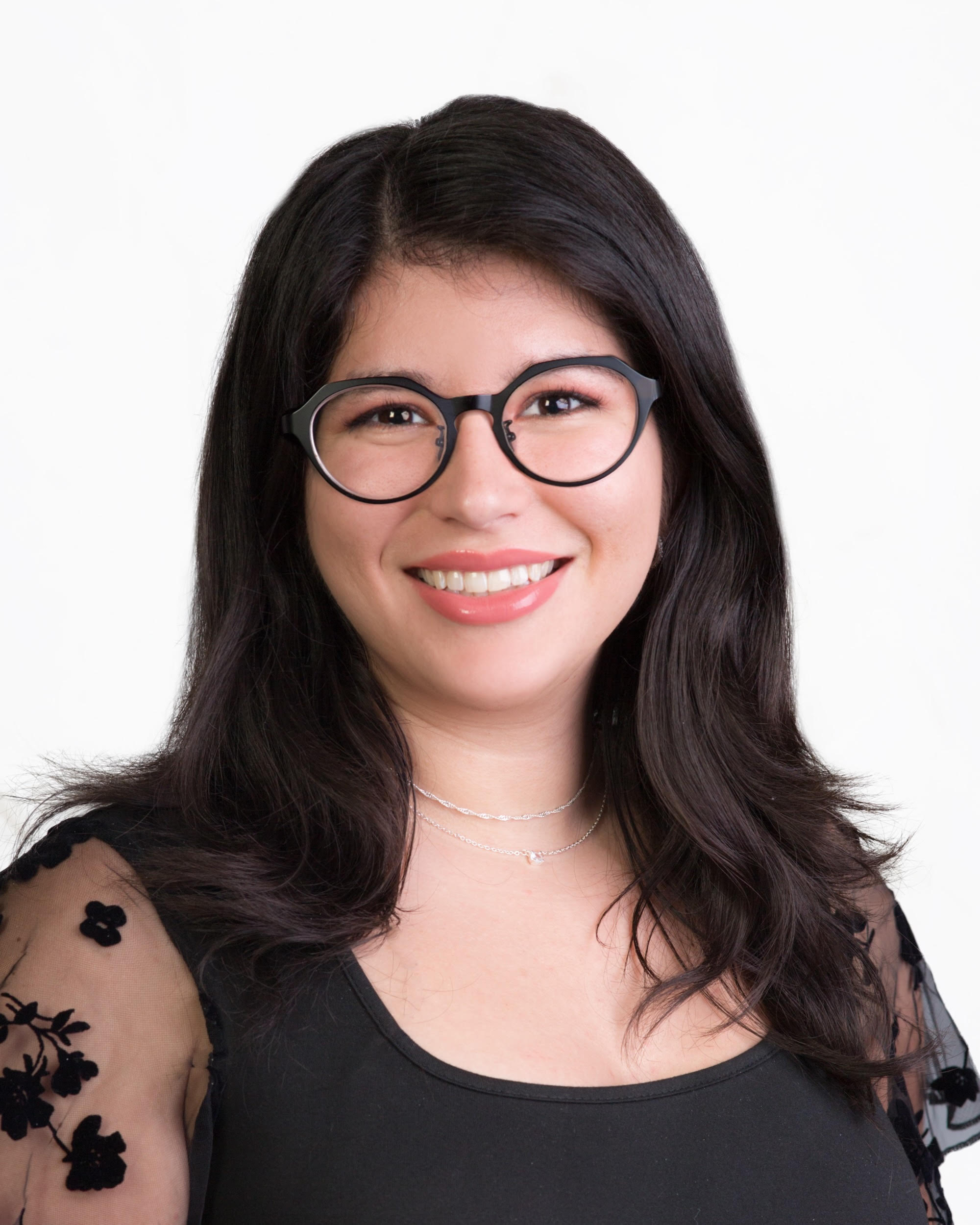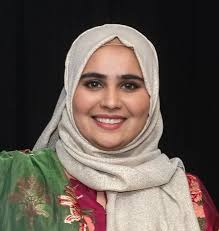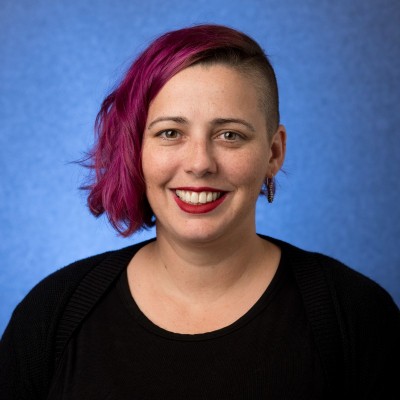

Division 35
Society for the Psychology of Women
Division 35: Society for the Psychology of Women provides an organizational base for all feminists, women and men of all national origins, who are interested in teaching, research, or practice in the psychology of women.
The division recognizes a diversity of women's experiences which result from a variety of factors, including ethnicity, culture, language, socioeconomic status, age, and sexual orientation.
The division promotes feminist research, theories, education, and practice toward understanding and improving the lives of girls and women in all their diversities; encourages scholarship on the social construction of gender relations across multicultural contexts; applies its scholarship to transforming the knowledge base of psychology; advocates action toward public policies that advance equality and social justice; and seeks to empower women in community, national, and global leadership.
We welcome student members and affiliates. Members are provided two publications: Psychology of Women Quarterly, which is a journal of research, theory, and reviews, and the Feminist Psychologist.
In 1904, Christine Ladd-Franklin, a pioneering advocate for women's academic rights, famously stated, “women have not yet been given representation in proportion to their attainment”. Although she was referencing the lack of women in professorships, this sentiment also applied to the field of psychology, particularly within the American Psychological Association (APA). It wasn't until the 1970s, as second-wave feminism gained momentum, that women in psychology began to envision real change. During this time, many believed that the Equal Rights Amendment was within reach and that women in the field would finally have a voice in the professional world.
Through the tireless work of feminist groups like the Association for Women in Psychology (AWP) and the APA Committee on Women in Psychology, the Division of the Psychology of Women (Division 35) was established in the early 1970s (Astin, 1973). The first president for the Division 35 was Elizabeth Douvan, PhD, (1973-74 pro term). As Division 35 emerged, it became clear that its formation had a specific purpose: to create a platform within the APA for women’s voices to be heard. Initially, Division 35 worked alongside the Committee on Women in Psychology, which focused on monitoring women's status in the field, while the AWP functioned as an advocacy group outside the APA structure, and the Division focused on advancing research into women's psychology (Warren, 1973). While these efforts were initially distinct, the groups' efforts soon converged as they tackled the challenges of working within a male-dominated field. The task of negotiating power imbalances, dismantling patriarchal structures, and challenging androcentric theories was far from easy. Many women in the field struggled with finding the balance between political activism and professional identity. But as the division grew, so did the realization that women’s needs could not be understood within a singular, homogeneous framework. This led to the creation of several task forces, representing the diverse experiences of women from various racial, cultural, and sexual backgrounds.
In the late 1970s, the Task Force on Black Women’s Concerns was formed, followed by other task forces focused on Hispanic, Asian, and Lesbian/Bisexual women’s issues. These task forces evolved into fully recognized sections within Division 35, providing a more inclusive and nuanced representation of women’s experiences within psychology.
Throughout the years, Division 35 has navigated both growth and challenges. The journey has been one of resilience and transformation—acknowledging that while progress has been made, the work is far from finished. As we continue to move forward, Division 35 embraces a new chapter, focused not on raising our voices through protest, but on sharing our collective wisdom and expertise with authority and influence at the highest levels of psychology and society.
The journey is ongoing, and we are just getting started.
References Banks, M. E. (2008) Kicking off 35 is 35. The Feminist Psychologist, 35(4). 1-2. Basow, S. A., et al. (2007). Handbook of the Society for the Psychology of Women. Division 35: Society for the Psychology of Women. Retrieved November 19, 2008, from http://www.apa.org/divisions/div35/Hndbk%20Rev%205-07.pdf Ladd-Franklin, C. (1904) Endowed professorships for women. Publications of the Association of Collegiate Alumnae, 3(9) 53-61. Retrieved November 15, 2008, from http://psychclassics.yorku.ca/Ladd-Franklin/professorships.htm Mednick, M. T., & Urbanski, L. L. (1991). The origins and activities of the APA’s division of the psychology of women. Psychology of Women Quarterly, 15. 651-663. Mednick, M. T. S. (1978). Now we are four: What should we be when we grow up? Psychology of Women Quarterly, 3(2). 123-138. Rutherford, A. (2007). Thirty years of advocacy and activism in the section on the psychology of black women. The Feminist Psychologist, 34(1). 16. Russo, N. F., & Dumont, B. A. (1997). A history of Division 35 (psychology of women): Origins, issues, activities, future. In D.A. Dewsbury (Ed.), Unification through division: Histories of the divisions of the APA, V.II. Washington, DC: American Psychological Association. Astin, H. S., et al. (1973). Report on the task force on the status of women in psychology. American Psychologist, 28(7). 611-616. Walsh, M. R. (1985). Academic professional women organizing for change: The struggle in psychology. Journal of Social Issues, 41(4), 17-28.
Our Division 35 Team
The leadership team of Division 35 is deeply committed to upholding feminist principles, fostering equity, and advancing psychological science and practice with integrity and purpose. Guided by a shared dedication to inclusion, advocacy, and collaboration, we work to ensure the effective and impactful operation of the Division. Our goal is to support and amplify diverse voices, cultivate spaces for meaningful dialogue, and drive initiatives that empower women and other marginalized groups in psychology.
"Self-consciousness is just an elaborate trick for achieving social adaptation."
— Mary Whiton Calkins
This spirit of authenticity and courage continues to inspire our leadership and our mission. Read more about our Vision and Values.
2024-2025 Roster Officers

Parlimentarian
TBA

Treasurer
Annaliet Delgado


How to Join the Division
You can join the Division by visiting https://join.apa.org/divisions
Please note that while membership in the American Psychological Association (APA) is not required to join the Division, the APA processes all memberships and dues. As a result, you may be prompted to create an APA account during the process; however, this does not mean you are joining the APA itself.
Check out our Membership's Page!
.jpg)
Additionally, you are welcome to join the Division without affiliating with any of its sections.

Become a Mentor
Share your experience and support the growth of emerging professionals by becoming a mentor. It's a great way to give back and make a lasting impact.
Interested? Contact our Mentorship Chair
This website and its content are the property of APA Division 35. Unauthorized use, reproduction, or distribution of any materials without prior written permission is strictly prohibited.
Copyright Act (Title 17 U.S.C.) and the Digital Millennium Copyright Act (DMCA)
Website Updates Request
Social Media Marketing Request
.png)


.png)




